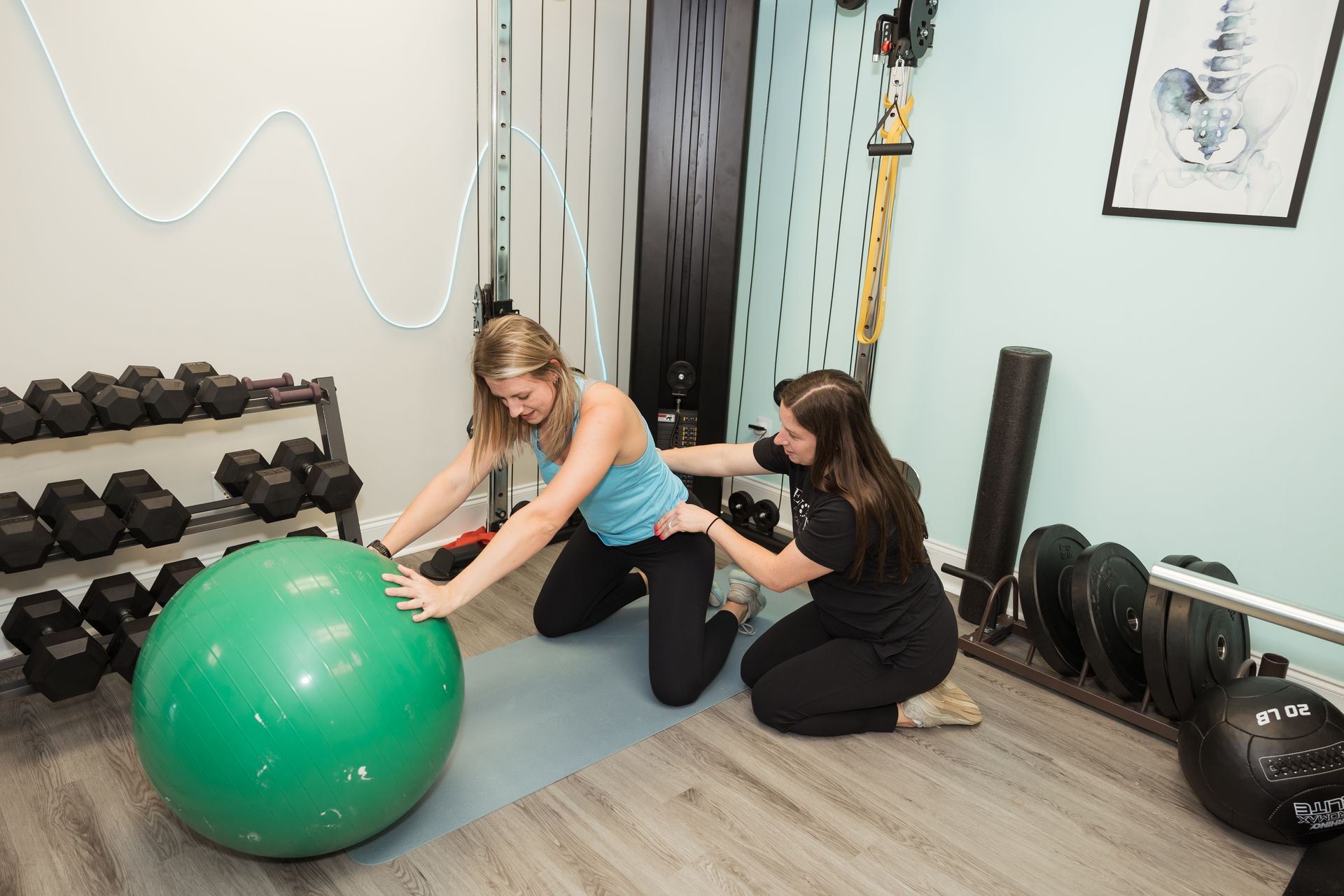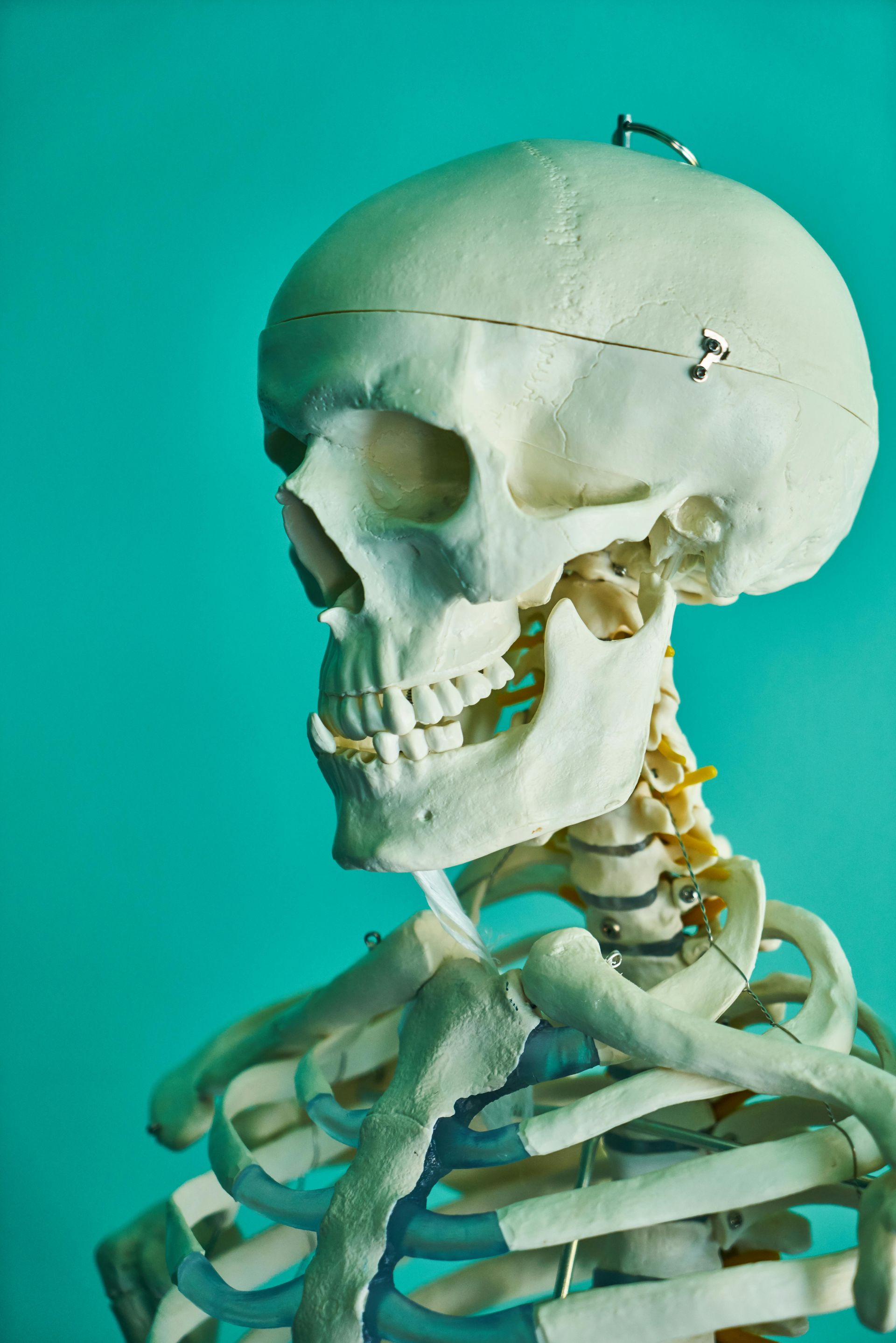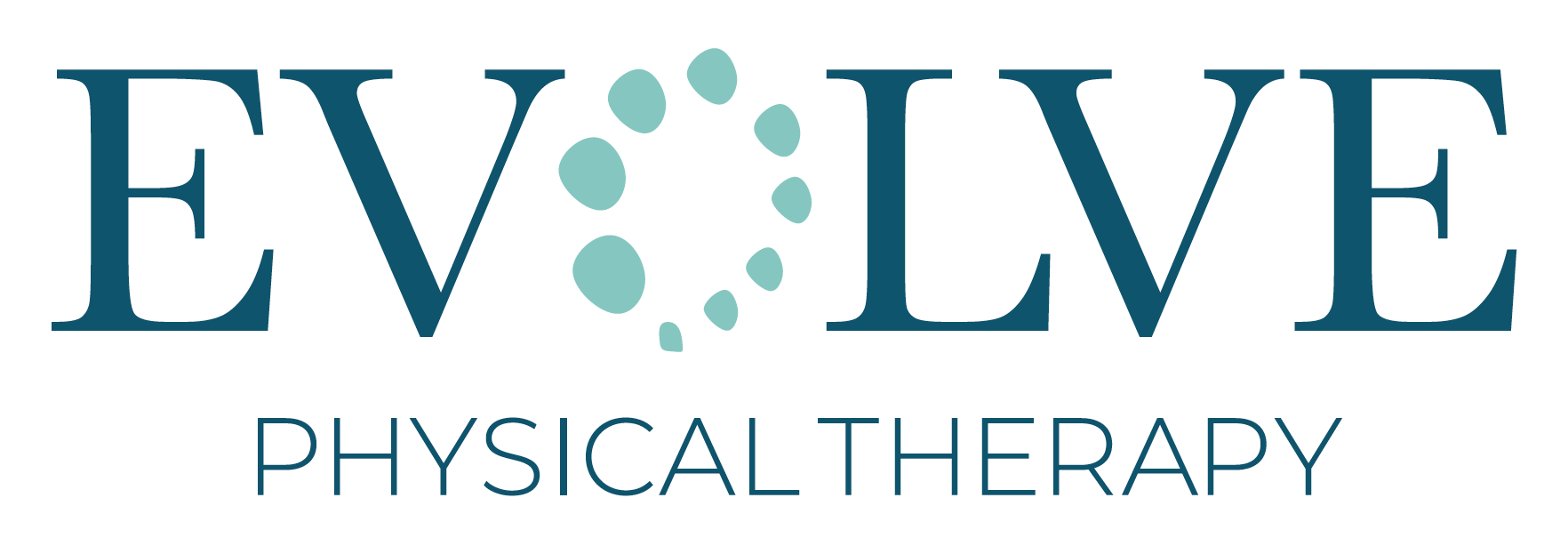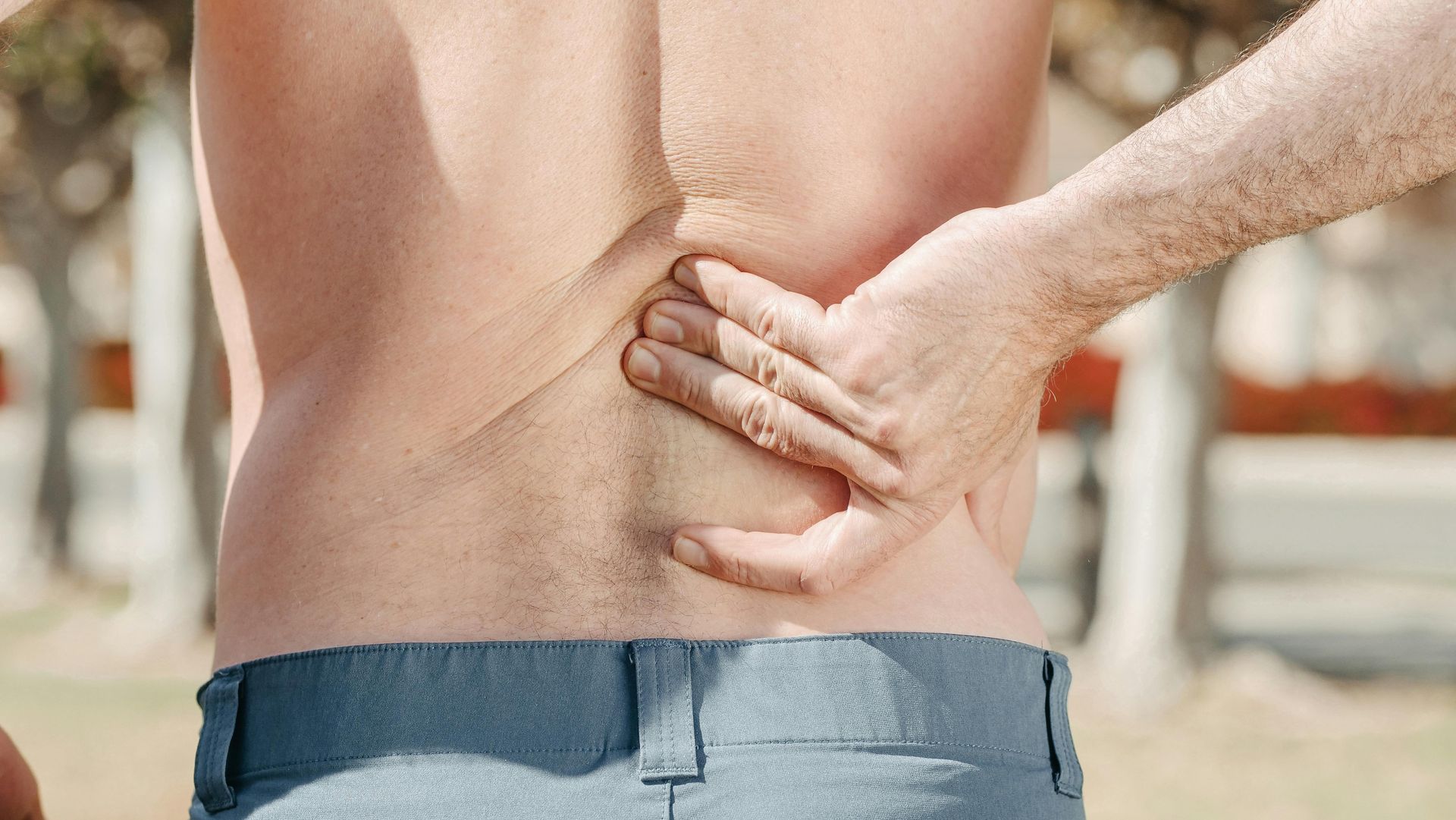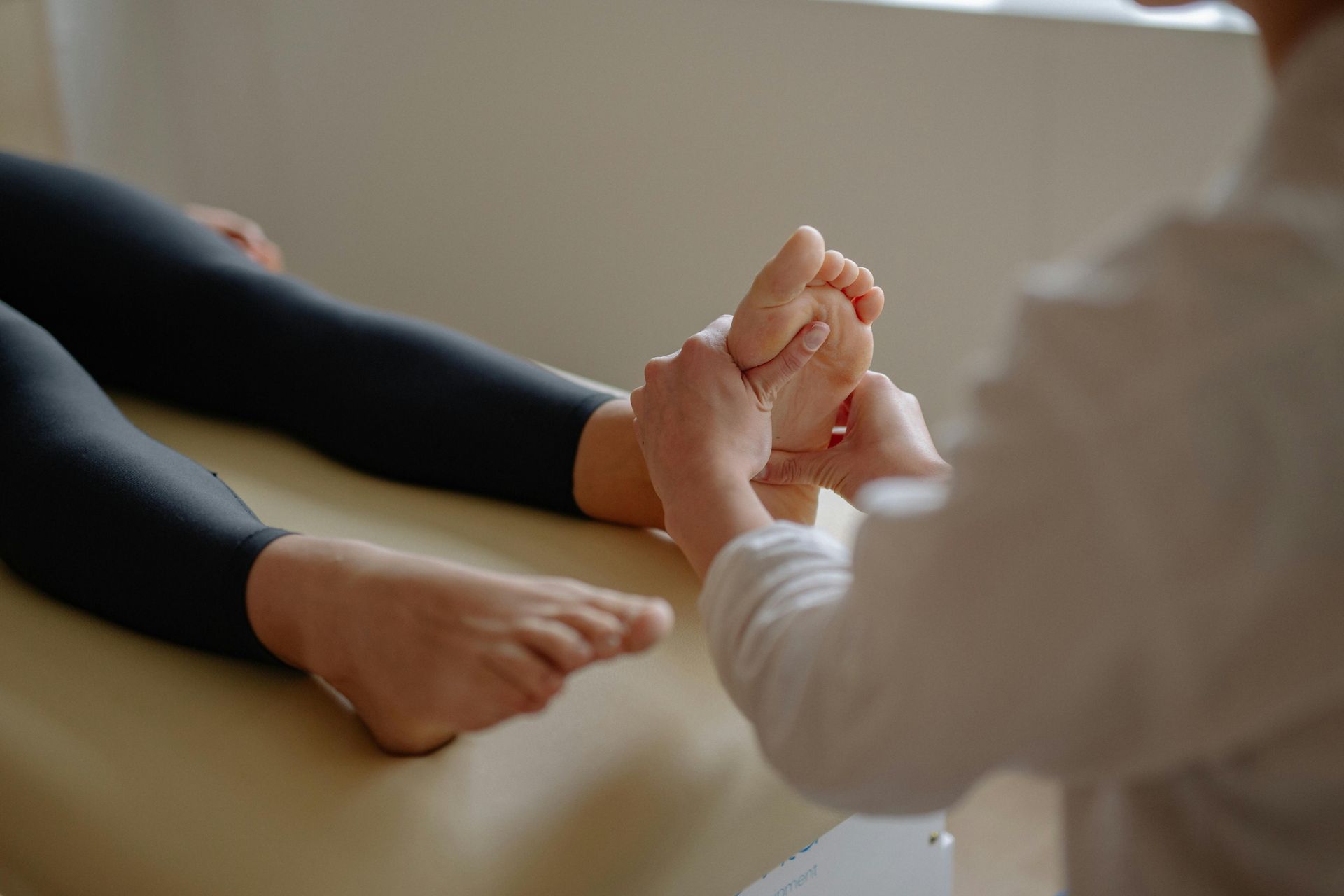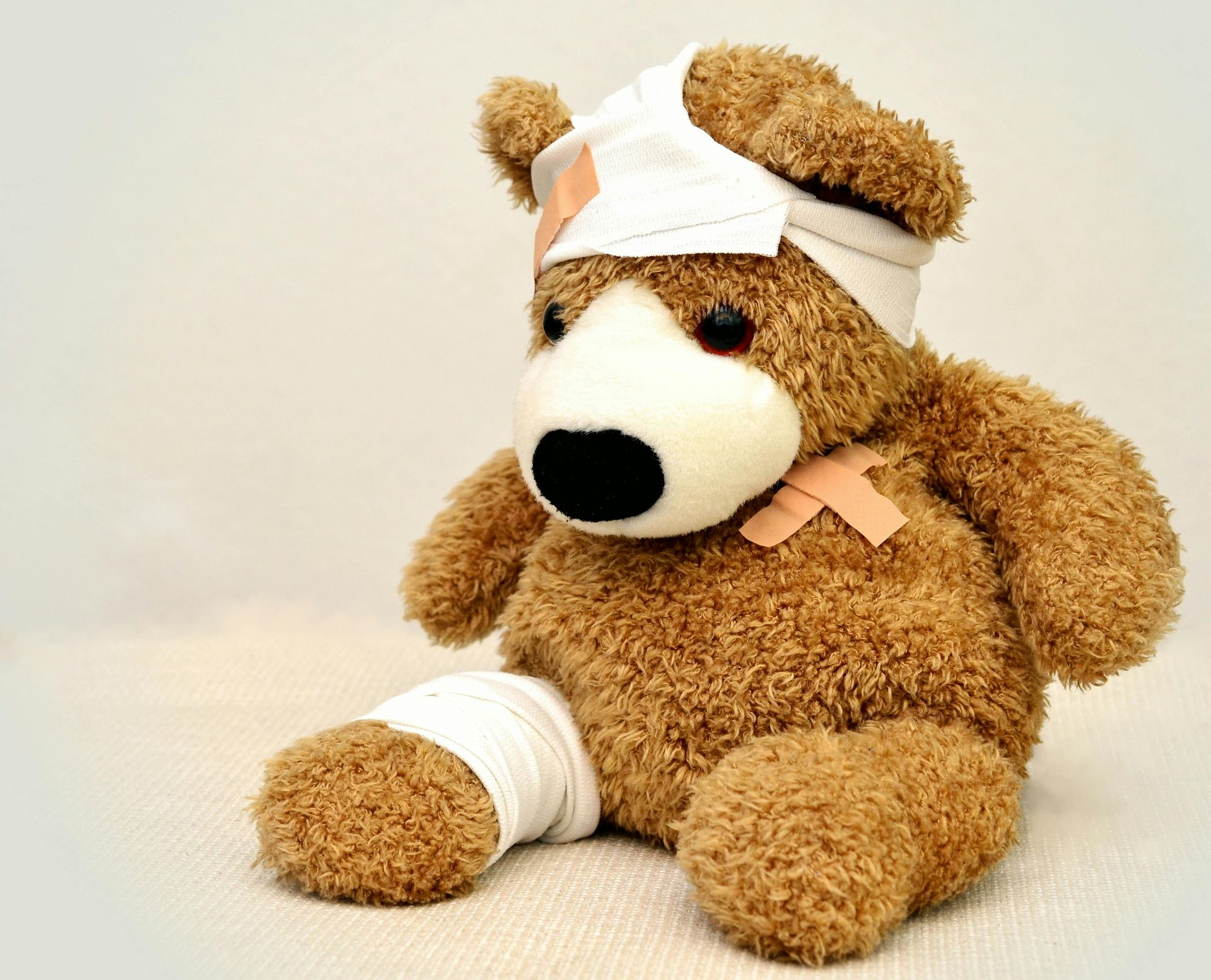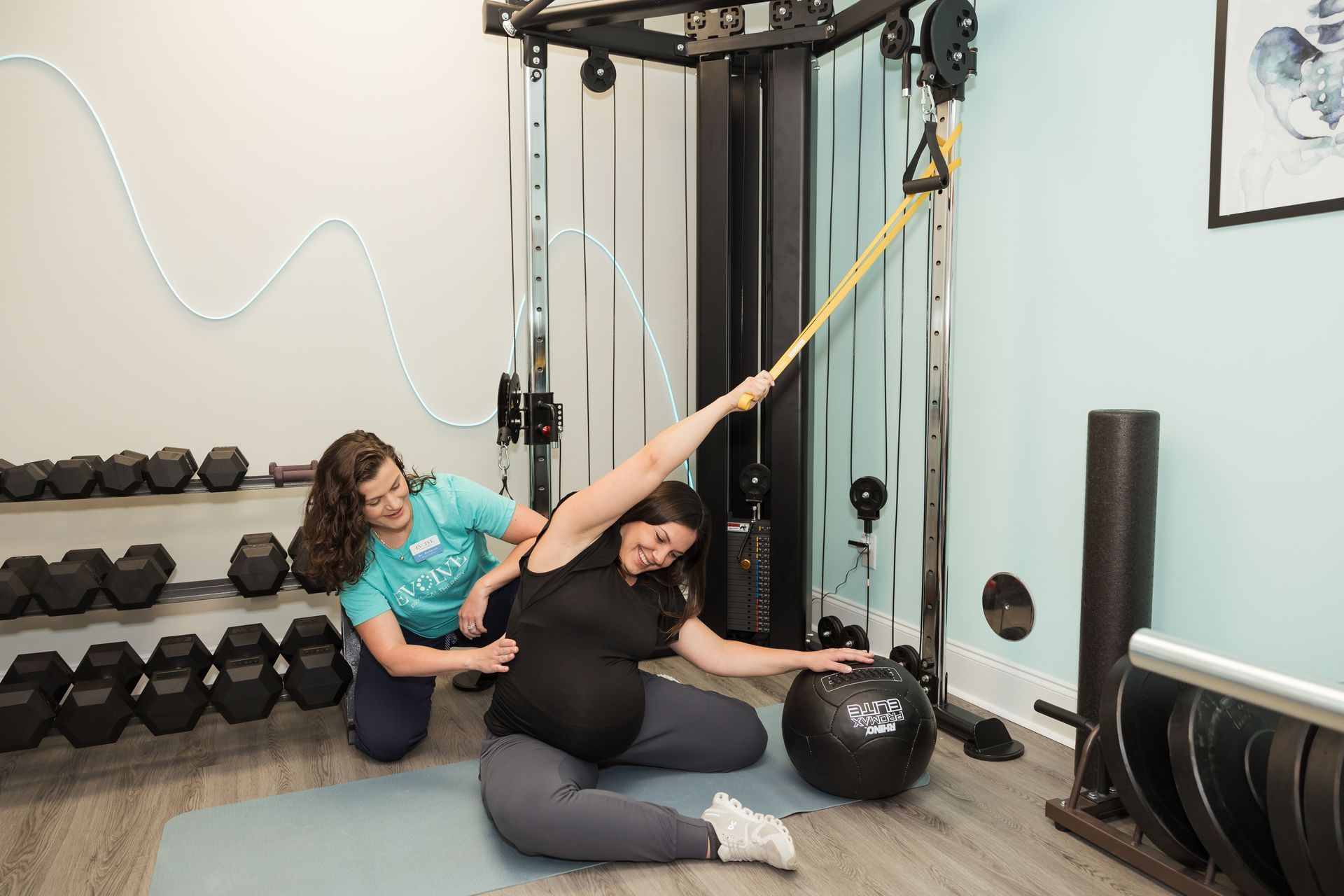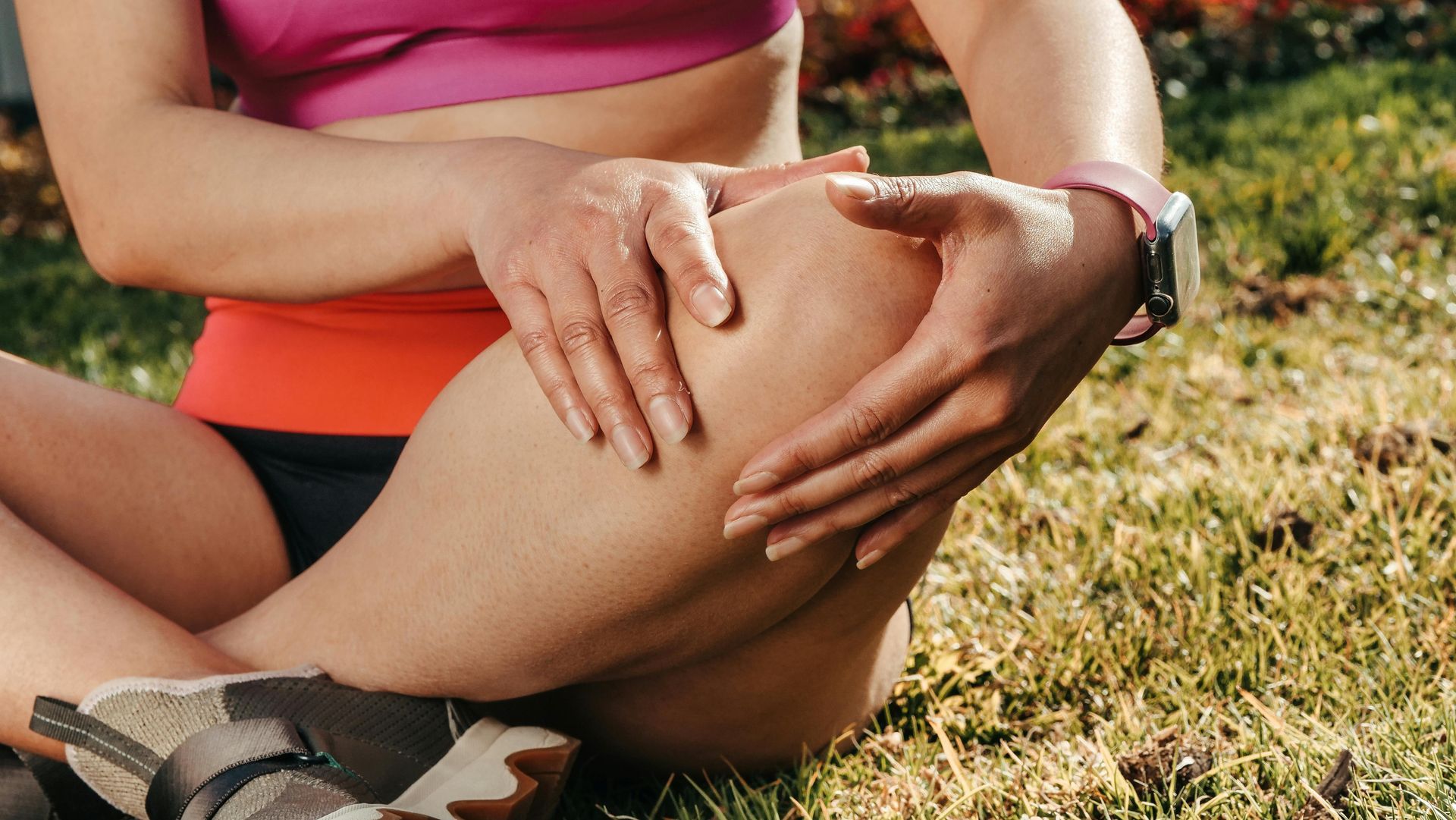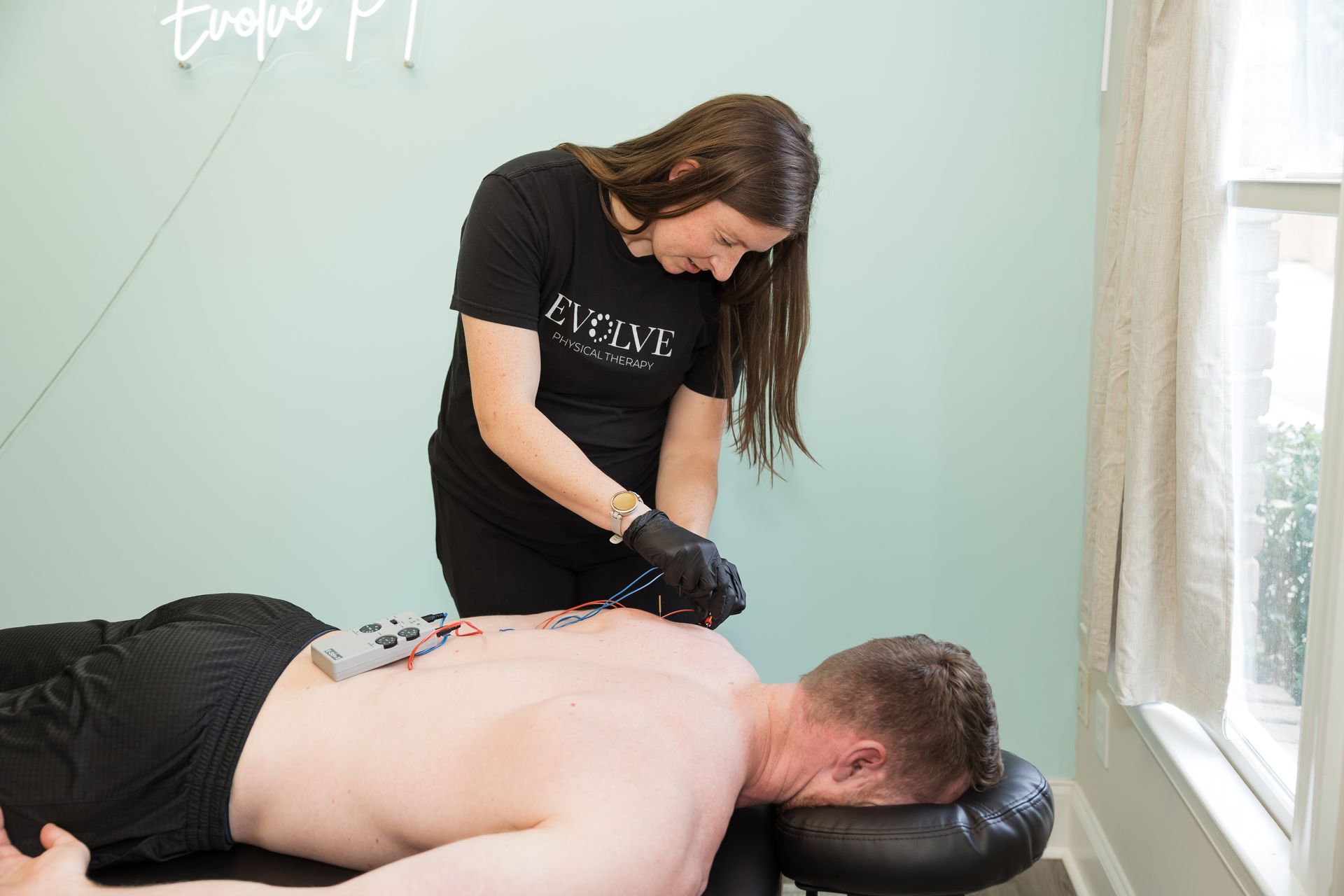Pelvic Floor Dysfunction and Pain with Sex

Pelvic floor dysfunction can encompass a wide range of issues related to the muscles and organs housed in the pelvis. These muscles help with childbirth, bowel and bladder movements, supporting our internal organs, sexual activity, and supporting our skeletal system. There are a wide variety of signs and symptoms for dysfunction, including hip and low back pain, tail bone pain, bowel and bladder incontinence, constipation or difficulty voiding, and increased urgency to void. However, did you know that pelvic floor dysfunction can also present as pain with intercourse and difficulty achieving an orgasm?
Sexual health can be one of the most commonly over looked issues with pelvic floor dysfunction.
Orgasm and sexual experiences are a complex process, and pelvic floor dysfunction can interfere with this process
at a mental level, musculoskeletal level, and interfere with nerve stimulation (Handa et al., 2008). Overactivity, heaviness, or weakness of the pelvic floor muscles can make it difficult to achieve muscular contraction or may even cause pain with insertion. If nerve damage or increased sensitivity of the nerves are noted, this can negatively impact sexual health by increasing or decreasing sensitivity of the genitalia (Handa et al., 2008). Lastly, these changes or lack of sensation and muscular imbalances can create psychological challenges with sexual health and reduce libido (Martinex-Galiano, et al. 2024). If someone has pain with intercourse, this can create fear or anxiety with sexual activity which can negatively impact the physical symptoms experienced. Collectively, this can create a cyclical pattern between the physical symptoms and mental concerns, and can often worsen symptoms and experiences associated with one’s sexual health.
Luckily, pelvic floor physical therapy can be a tool to help address these issues and address the deficits with muscles, nerves, and mental barriers when it comes to sexual health. Performing a thorough assessment can allow a pelvic floor PT to help develop a plan of care to help address these symptoms utilizing manual therapy techniques, exercises, education, and different tools to reduce discomfort or pain with intercourse, as well as
improve the experience and discuss ways to enjoy intimacy with your partner!
References:
Handa, V. L., Cundiff, G., Chang, H. H., & Helzlsouer, K. J. (2008). Female sexual function and pelvic floor disorders.
Obstetrics and gynecology,
111(5), 1045–1052.
https://doi.org/10.1097/AOG.0b013e31816bbe85
Martínez-Galiano J.M., Peinado-Molina, R.A., Martínez-Vazquez, S., Hita-Contreras F., Delgado-Rodríguez, M., & Hernández-Martínez, A. (2024).Influence of pelvic floor disorders on sexuality in women.
Int J Gynecol Obstet, (164), 1141-1150. doi:10.1002/ijgo.15189
Zhuo, Z., Wang, C., Yu, H., & Li, J. (2021). The Relationship Between Pelvic Floor Function and Sexual Function in Perimenopausal Women. Sexual medicine, 9(6), 100441. https://doi.org/10.1016/j.esxm.2021.100441
